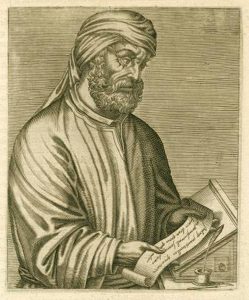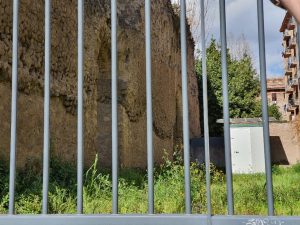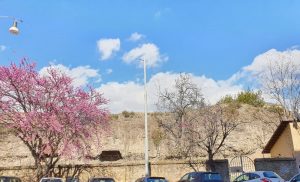 On November 18th, Leverhulme Visiting Professor Robert Wiśniewski led an innovative teaching session as part of the Classics MA Research Methods module. Prof. Wiśniewski invited Classics PhD and MA students to a “tea party” to share their research interests and offer peer support. This session broke the mould on seminar-style teaching and offered MA students an opportunity to practice professional networking in a friendly environment.
On November 18th, Leverhulme Visiting Professor Robert Wiśniewski led an innovative teaching session as part of the Classics MA Research Methods module. Prof. Wiśniewski invited Classics PhD and MA students to a “tea party” to share their research interests and offer peer support. This session broke the mould on seminar-style teaching and offered MA students an opportunity to practice professional networking in a friendly environment.
Prof. Wiśniewski began by introducing his research on Late Antique religion and society and sharing his experience of the Academy in France, Poland, and the UK before passing the torch to our postgraduates. Each student shared their research interest(s) and dissertation ideas before opening the floor to comments from the other students and Prof. Wiśniewski. The discussion was well rounded and many of the MA students were able polish their thesis ideas and came away from the session with a broader understanding of resources available to them.
Harry Aboud, one of our MA students who enjoyed the event said “One thing I did not expect when starting my MA was the volume of interaction between MA students and PhD students, with the afternoon of 18th November being a great example of this. Not only did we get a great chance to learn more about the research of the Classics PhD students, but I felt there was much icebreaking occurring as numerous MA students, myself included, found strong grounds from which we had stuff in common. The event was so enjoyable that I got further inspiration to do a PhD myself and I felt as if further connections between us and the other postgrads were built as a result.”
Our PhD students also enjoyed the session, which provided both a window onto career opportunities in Europe and the UK as well as a chance to share their knowledge with a new cohort. Ellie Goddard, whose PhD thesis explores the Trojan women in late Republican and early imperial Latin literature, said “Tea with Robert was the perfect opportunity to be introduced to the wide variety of research interests that this department has. It was incredibly interesting to hear about Robert’s research, as well as to make connections between our own research interests.” Edward A. Ross, who is working on daily religious life in Hellenistic Central Asia added “Robert was excellent at introducing us and drawing out the similar connections in our research topics. It was also great to learn how different but also the same academic life in Poland is compared to Reading. I definitely think tea meetings like this should become a regular occurrence.” Another one of our PhD students, Summer Courts, who is studying the archaeology of Lowbury Hill, Oxfordshire, commented “I thought the Tea was a great idea! It was nice to be able to support our MA students and help develop their research in an informal environment. I also enjoyed hearing about Robert’s research, which is fascinating, especially from an archaeological perspective. I am looking forward to hearing more from Robert about his work and academia in Poland in the near future.”



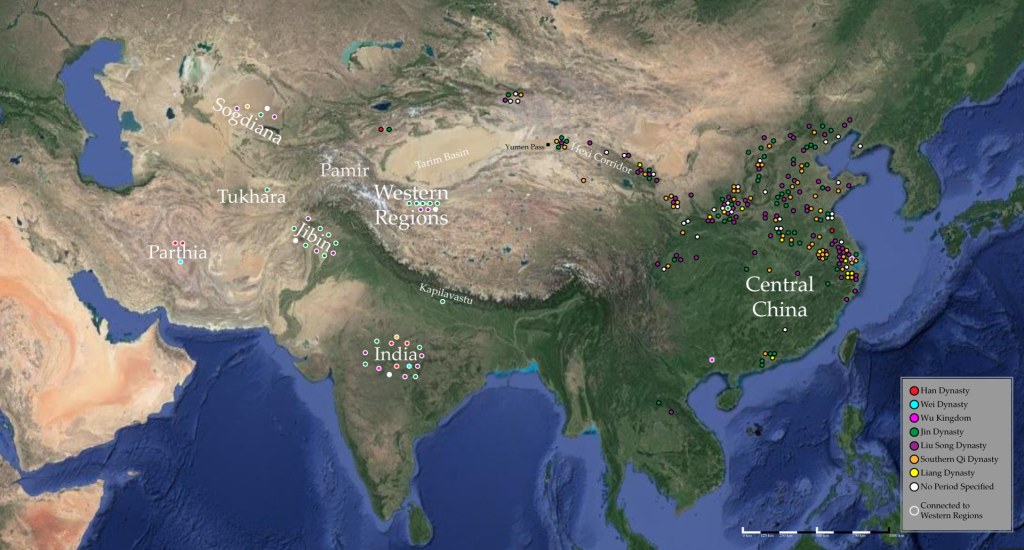

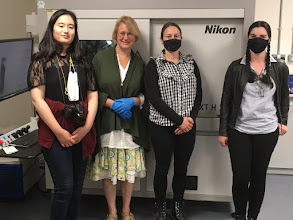 shire Museum in Woodstock
shire Museum in Woodstock


